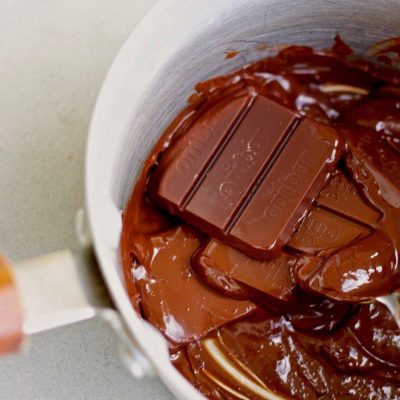Wellbeing

Fact one: Cacao was discovered by the Olmecs
Historians believe that the first people to discover cacao were Olmecs, the first known civilisation in Guatemala and Mexico in around 1500 BC. It’s thought they first realised cacao was edible after seeing rats eat it and then tried it for the first time in a drink by crushing the cacao beans and adding them to water. They then began cultivating cacao beans, with production increased by the Mayans and the Aztecs.
Fact two: For 90% of its history, chocolate has been consumed as a liquid
Chocolate has a 4000 year history and for most of that it’s been consumed in the way the Olmecs first started doing so – in liquid form. Olmec, Mayan and Aztec civilisations found chocolate to be an invigorating drink, mood enhancer and aphrodisiac, which led them to believe that it possessed mystical and spiritual qualities. In fact, solid chocolate in the way we know it now is relatively new…
Fact three: Solid chocolate was not introduced to the public until 1847
In 1828, a Dutch scientist created a cocoa press machine which revolutionised chocolate making, allowing for roasted cocoa beans to be squashed to squeeze the fatty cocoa butter out which could then be moulded. The UK chocolate company J.S Fry and Sons, who are still in business today, were the first to make a chocolate bar using a cocoa press and then mixing the cocoa butter with cocoa powder and sugar.
Fact four: The Latin name for the cacao tree, Theobroma, means ‘food of the gods’
Carl Linnaeus, the Swedish botanist who coined the term, was certainly onto something there!
Fact five: The word chocolate is derived from ‘xocolatl’
Historians believe that the word ‘xocolatl’ comes from the Yucatec Mayan words ‘chokol’, which means hot, and ‘atl’, which means water. It’s an early form of today’s more commonly used ‘hot chocolate’.
Fact six: 90% of the world’s cacao is grown on small family farms
Across the world, 90% of all cacao is grown on farms no bigger than 5 hectares. Surprisingly, only 5% of all production comes from large plantations which have over 40 hectares. Working with small producers is very important to us and we ensure that all parts of our production process work ethically.
Fact seven: Cacao beans take on the flavour of where they’re grown
Cacao is grown around the world and it’s become clear that the flavour cacao beans produce is different depending on where they have been grown. For example in Ecuador, where the climate is hot but frequently wet, the famous and rare Arriba beans have a fruity and spicy taste which isn’t too bitter.
Fact eight: Chocolate consumption and Nobel laureates share a link
Researchers discovered that there is a link between a country’s chocolate consumption rates and the number of Nobel laureates they produce. Perhaps the more chocolate we eat, the smarter we become!

Fact nine: Cacao beans were once a form of currency
Both the Mayans and Aztecs reportedly used cacao beans as a form of currency, as the cacao beans were so desirable and rarely available to many people. Things such as a rabbit went for ten cacao beans while slaves were exchanged for 100 cacao beans.
Fact ten: The Swiss are the world’s biggest chocolate consumers
Incredibly, the average person in Switzerland eats 19.8lbs of chocolate every year, while Germans consume 17.4lbs. The British and Irish tie in third place, enjoying 16.3lbs each annually.
So there you have them – 10 fun facts about chocolate you can wow your family and friends with this Easter. And if you have friends who aren’t yet raw chocolate converts, share a sample of your favourite Ombar (if you’re willing to spare a piece), and hopefully they’ll love it so much they’ll never touch a standard bar of chocolate again!
For information about the benefits of our raw chocolate, click here.

